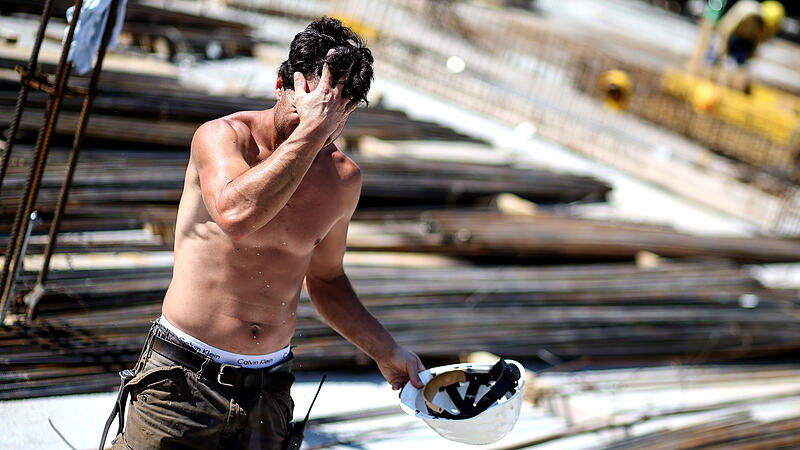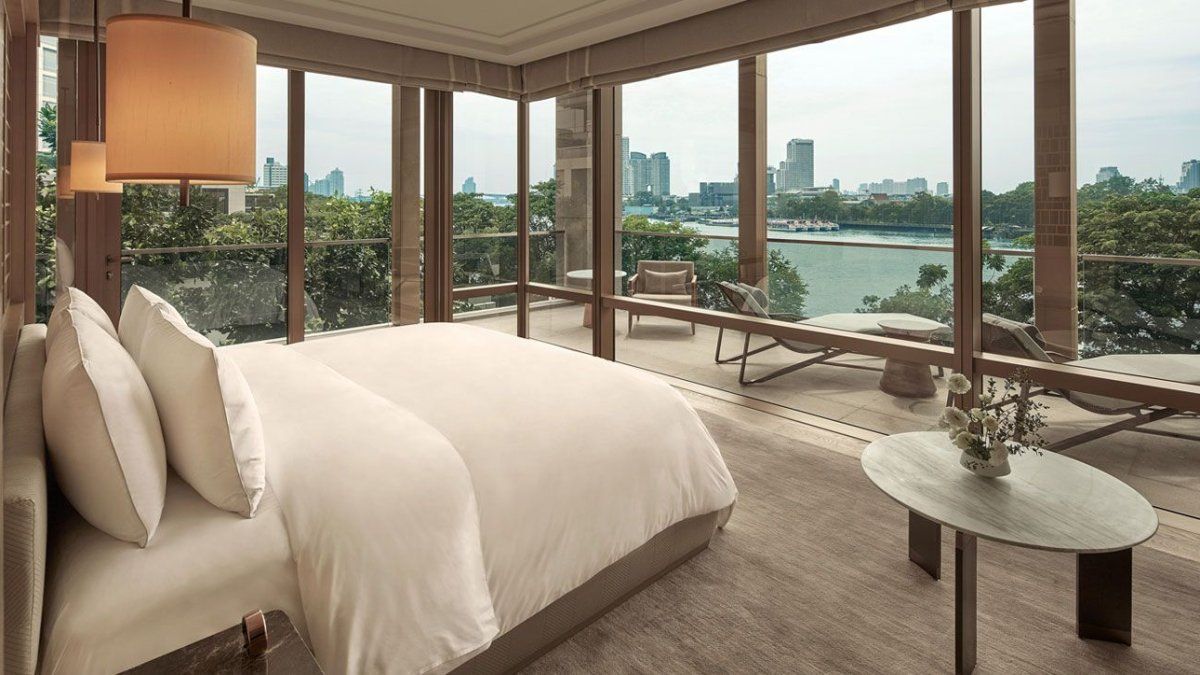Image: VOLKER Weihbold
From 32.5 degrees in the shade, a voluntary heat-free regulation can take effect. According to the Bau-Holz (GBH) trade union, only every fourth construction worker was able to benefit from this. The GBH is now demanding a legal heat-free regulation from 30 degrees – the same for all work with high heat stress, according to the APA.
“In order to protect the health of all employees in Austria, a legal regulation for all work under enormous heat stress due to the climate crisis from 30 degrees Celsius is urgently needed,” says GBH boss Josef Muchitsch. He is also the head of the FSG and a member of the SPÖ.
The building social partners’ heat regulation has been in place since 2013. In the record-breaking heat of 2019, the limit values were reduced from 35 to 32.5 degrees Celsius. 39,122 employees from 1,508 companies were granted a heat break for 25 days. In 2020, 3,232 employees from 447 companies were given 13 days off from the heat. In 2021 there were 17 days without heat for 13,962 employees on 646 construction sites.
This vote is disabled
Please activate the category targeting cookies in your cookie settings to view this item. My cookie settings
24 days in 2022
2022 was the second strongest year with 24 days: 38,842 employees from 1,351 companies were out of the heat. This means that only every fourth construction worker was free of heat. The figures for 2023 will be available from October, the union said.
Muchitsch finds “a clear sign that there are not enough companies granting heat free”. The current rule can and should be easily implemented by the construction companies. Costs are refunded by the construction workers’ vacation and severance pay office. The continued payment of wages for the employee is 60 percent.
Heat mostly in the early afternoon
In most cases, the great heat is only reached in the early afternoon anyway. According to GBH, the construction workers had already worked for up to eight hours at this point. If employers or clients didn’t want to stop the work afterwards, it was “inhuman”. “The workers have to be able to recover in order to be fit again on the construction site in the morning of the next day,” says Muchitsch.
According to GBH, the consequences of working in the blazing sun are not only severe sunburn and sunstroke, but also malignant diseases including skin cancer, as well as circulatory strain and damage to the eyes from UV radiation. Even the internal organs would be attacked. In addition, there is a significantly increased risk of accidents in the heat because the ability to concentrate decreases.
more from economy




